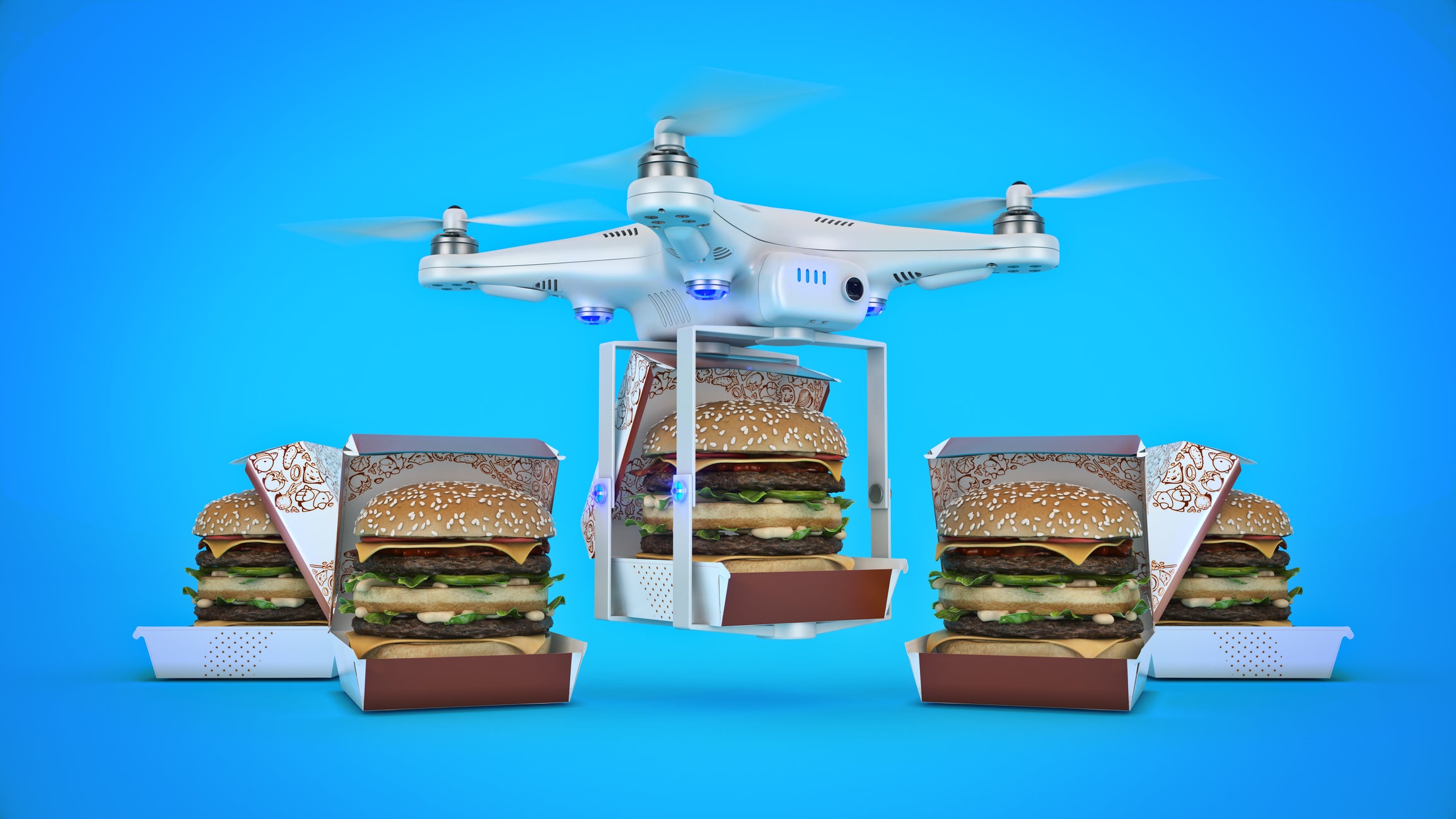
There is doubt about robotics’ place within foodservice, according to a new report from GlobalData.
The Thematic Intelligence: Robotics in Consumer Goods, Packaging, and Foodservice report explores the technological, economic, and demographic conditions around the robotics industry, driving growth across a range of use cases.
The report forecasts that the robotics industry will be worth $218bn by 2030 growing at a compound annual growth rate of 17% until that time.
Several markets are already emerging, particularly in consumer goods and packaging. These include caged robots, industrial robots, and logistics robots, which automate production and logistics operations across the consumer goods and packaging industries.
Indeed, GlobalData’s recent Thematic Intelligence: Tech Sentiment Polls Q3 2023 report found robotics to be viewed as the most promising technology. Among 368 business respondents, 72% felt it would live up to all of its promise while a further 18% felt it was hyped but could see a use for it.
However, growth in foodservice has been stunted. The report notes: “The role of robotics is less sure-footed in the foodservice sector. Automating kitchens and meal service is less easily done with robots than automating warehouses and production lines, although this hasn’t deterred start-ups’ efforts to automate burger flipping and meal delivery with robots and drones.”
How well do you really know your competitors?
Access the most comprehensive Company Profiles on the market, powered by GlobalData. Save hours of research. Gain competitive edge.

Thank you!
Your download email will arrive shortly
Not ready to buy yet? Download a free sample
We are confident about the unique quality of our Company Profiles. However, we want you to make the most beneficial decision for your business, so we offer a free sample that you can download by submitting the below form
By GlobalDataRory Gopsill, co-author of the report, commented: “Robotics have a less secure place in a foodservice than in a consumer goods or packaging business because the foodservice sector has yet to identify many ‘killer use cases’ for robotics.”
Potential future uses for robotics in the foodservice industry include automating food delivery, table service and front-of-house operations. However, there are challenges: the level of intelligence required for human-robot interactions is beyond current technology and – when the technology becomes available – unsupervised robots risk being damaged or stolen.
However, Gopsill explained that “improvements in AI and cloud computing will make robots better – they’ll be more intelligent and collaborate with other robots more effectively. This means the number of jobs robots can perform will grow, and that robots will perform the jobs they can perform now more accurately.”
He continued: “The big prize for foodservice companies would be automating food delivery, I would imagine this is where investment will be directed. Foodservice outlets will also look to further automate kitchens to reduce costs.”
There has been some early resistance to robotics from foodservice outlets. The report notes that the McDonalds CEO has disparaged the idea of fully automating outlets, stating that “the economics don’t pencil out” and “it’s not practical in the vast majority of restaurants”. US foodservices company Brinker International’s CEO also scrapped the company’s drone delivery and waiter trials.
There are some examples of success for robotics in the foodservice industry, primarily involving kitchen automation robots. Miso Robotics’ Flippy robot is one example, and Chipotle has also begun using a robot to automate avocado preparation.
Assessing robotics across a variety of sectors, the report finds that others have seen more success. Gopsill highlights the packaging sector in particular, stating that “robotics has a well-established and important role in the packaging sector. This sector relies on automated production lines and automated warehouses, which means there are clear use cases for robots. Moreover, many packaging companies are themselves vendors of packaging robots.”







